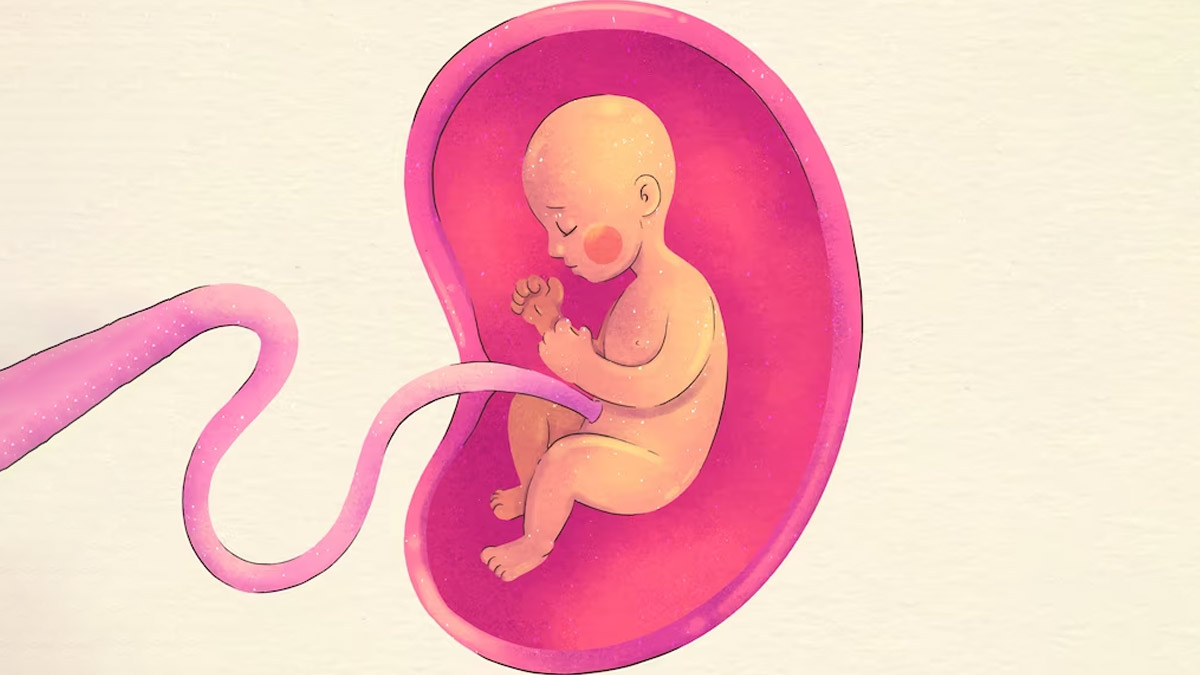
The umbilical cord is a tube-like structure that connects a foetus to the placenta in a pregnant woman's uterus. It transports oxygen and nutrients from the mother to the foetus while also transporting waste products from the foetus back to the mother. The umbilical cord is typically about 20 to 22 inches long and is made up of two arteries and one vein. It is protected by a whitish outer covering called Wharton’s jelly.
Table of Content:-
At birth, the umbilical cord is clamped and cut to separate the baby from the mother. After the umbilical cord is cut and the baby is delivered, the cord is no longer necessary and is discarded. However, the umbilical cord can be kept and preserved as a keepsake or can be donated to any science laboratory.
In an interaction with OnlyMyHealth editorial team, Dr Sushma Tomar, Consultant - Obstetrician & Gynecologist, Fortis Hospital, Kalyan(Mumbai) shared tips on the umbilical cord care.
Steps To Follow
The umbilical cord contains blood vessels that carry oxygen and nutrients from the placenta to the foetus. After the baby is born, the umbilical cord is clamped and cut, leaving a small stump attached to the baby's belly button. Usually, within one to three weeks after birth, the stump eventually falls off, leaving a healed belly button.

Umbilical cord care refers to the steps taken to keep the umbilical cord stump clean until it falls off. It helps in preventing infections and promotes healing.
Also read: How Newborn Screening Tests in India Can Reduce Infant Mortality Rate
According to Dr Tomar, the following steps should be followed for umbilical cord care:
- Keep the umbilical cord stump clean and dry by folding down the baby's diaper to expose the stump to air
- Gently clean the area around the stump with a soft, damp cloth or cotton ball dipped in warm water.
- Avoid using alcohol or hydrogen peroxide on the stump, as this can delay healing, instead use chlorhexidine or gentian violet in water
- After every urination and passing stool clean the stump to avoid infections
Watch for signs of infection, such as redness, swelling, discharge, or a foul odour. Contact the doctor immediately if you notice any of these signs
Signs That May Indicate A Problem
It's normal to observe some blood near the stump during the healing process. When the cord stump breaks off, it may bleed somewhat, similar to a scab.
Also read: 7 Difficulties Parent Face With Their Newborn During Winters
But, if the umbilical area leaks pus, the surrounding skin turns red and inflamed, or the area develops a moist pink bump, immediately contact a healthcare provider. To prevent the infection from spreading, prompt treatment is required.
How Long Does It Take For The Belly Button To Heal?
The belly button should recover in a few days. It may bleed or flow somewhat after the cord is cut, but if there is persistent stickiness or discharge, it may be infected and should be reported to your doctor or maternity and child health nurse.

When the belly button does not heal fully, wet red tissue grows over the area where the stump is located frequently. This is known as granuloma. It is normally safe, but you should consult your doctor.
The umbilical cord is an important part of the pregnancy process and allows vital nutrients and oxygen to reach the unborn baby. It is also a very important connection between mother and child and symbolizes the strong bond between them.
Image credit- FreePik
Also watch this video
How we keep this article up to date:
We work with experts and keep a close eye on the latest in health and wellness. Whenever there is a new research or helpful information, we update our articles with accurate and useful advice.
Current Version